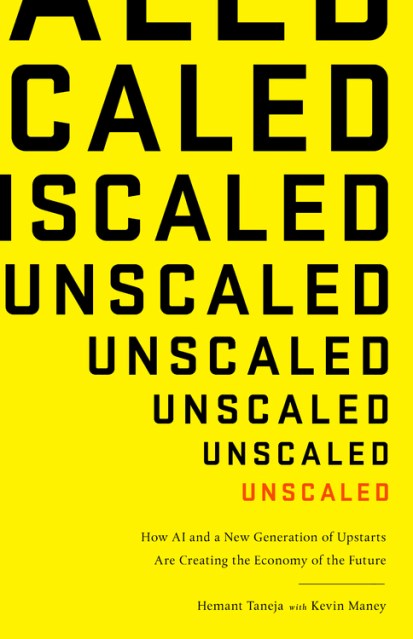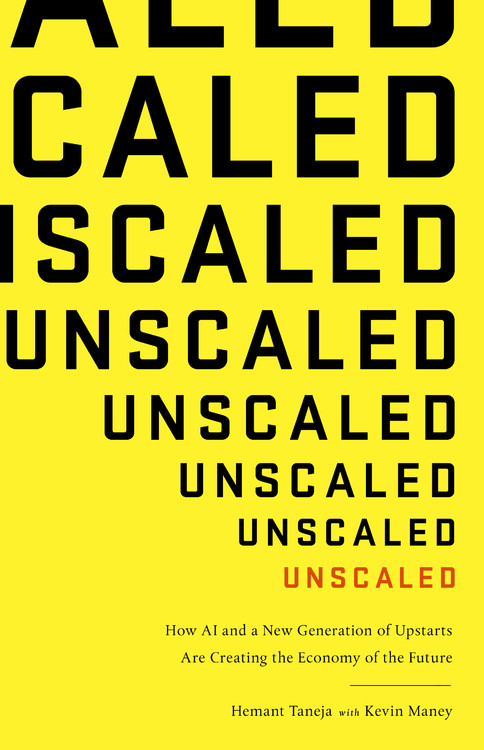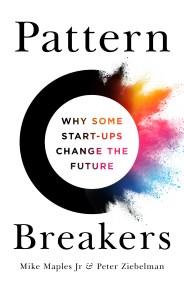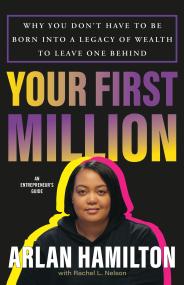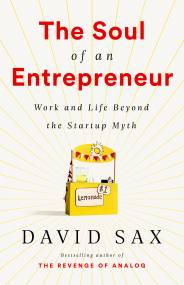Unscaled
How AI and a New Generation of Upstarts Are Creating the Economy of the Future
Contributors
With Kevin Maney
Formats and Prices
Price
$28.00Price
$36.50 CADFormat
Format:
- Hardcover $28.00 $36.50 CAD
- ebook $17.99 $22.99 CAD
- Audiobook Download (Unabridged)
This item is a preorder. Your payment method will be charged immediately, and the product is expected to ship on or around March 27, 2018. This date is subject to change due to shipping delays beyond our control.
Also available from:
An innovative trend combining technology with economics is unraveling behemoth industries — including corporations, banks, farms, media conglomerates, energy systems, governments, and schools-that have long dominated business and society. Size and scale have become a liability. A new generation of upstarts is using artificial intelligence to automate tasks that once required expensive investment, and “renting” technology platforms to build businesses for hyper-focused markets, enabling them to grow big without the bloat of giant organizations.
In Unscaled, venture capitalist Hemant Taneja explains how the unscaled phenomenon allowed Warby Parker to cheaply and easily start a small company, build a better product, and become a global competitor in no time, upending entrenched eyewear giant Luxottica. It similarly enabled Stripe to take on established payment processors throughout the world, and Livongo to help diabetics control their disease while simultaneously cutting the cost of treatment. The unscaled economy is remaking massive, deeply rooted industries and opening up fantastic possibilities for entrepreneurs, imaginative companies, and resourceful individuals. It can be the model for solving some of the world’s greatest problems, including climate change and soaring health-care costs, but will also unleash new challenges that today’s leaders must address.
- On Sale
- Mar 27, 2018
- Page Count
- 240 pages
- Publisher
- PublicAffairs
- ISBN-13
- 9781610398121
Newsletter Signup
By clicking ‘Sign Up,’ I acknowledge that I have read and agree to Hachette Book Group’s Privacy Policy and Terms of Use
